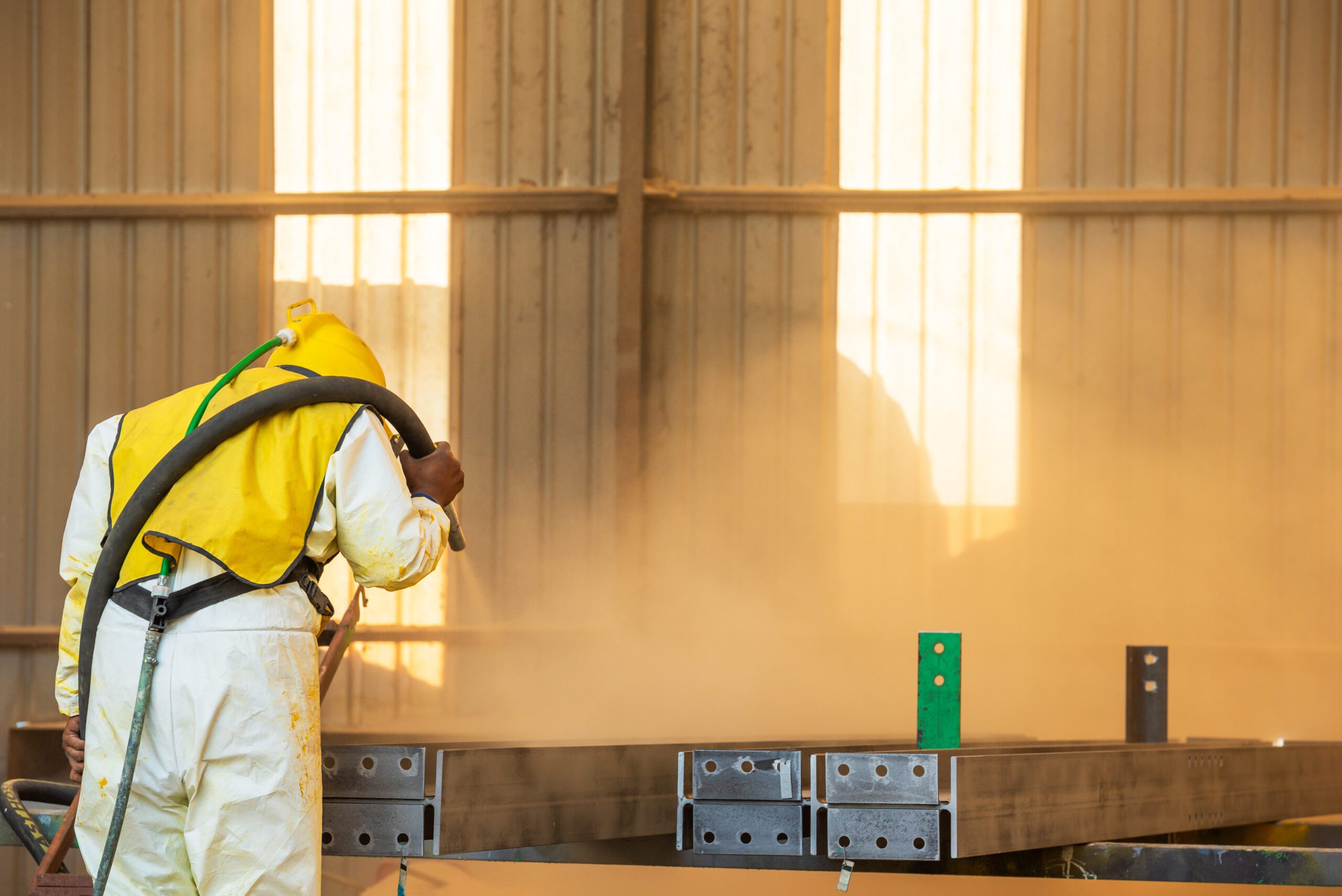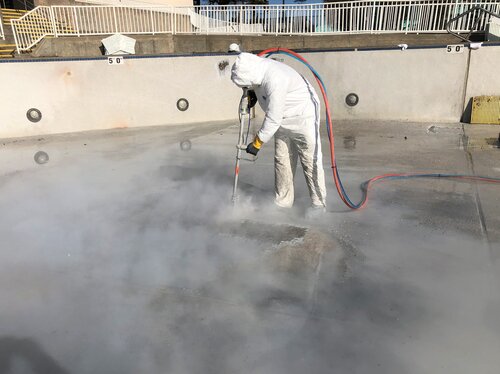The Shift Away from Traditional Sand in Sandblasting: Exploring the Rise of Alternative Abrasive Materials
Sandblasting is a process that involves using compressed air or water to forcefully propel abrasive particles onto a surface, usually to remove unwanted materials, coatings, or contaminants. The abrasive particles used in traditional sandblasting are typically made of sand, which is why it is also referred to as abrasive blasting or grit blasting.
Sandblasting has been a widely used industrial process for many decades, primarily due to its ability to effectively remove stubborn materials and coatings from a variety of surfaces. Some common applications of traditional sandblasting include cleaning and preparing surfaces for painting, removing rust and corrosion, and smoothing rough surfaces. Sandblasting is often used in industrial settings such as shipyards, construction sites, and manufacturing plants, as well as in automotive and aerospace industries.
However, despite its effectiveness, traditional sandblasting has several drawbacks that have led to its decline in use. These drawbacks include health risks associated with exposure to silica dust, damage to substrates being blasted, environmental concerns, and limitations in its application. In recent years, alternative blasting methods have been developed that offer safer, more versatile, and more environmentally friendly alternatives to traditional sandblasting.
INHALATION OF SILICA DUST & THE DEVELOPMENT OF RESPIRATORY DISEASES
One of the most significant health risks associated with traditional sandblasting is the inhalation of silica dust. Silica is a mineral found in sand and other materials commonly used as abrasive blasting media. When the silica particles are blasted onto a surface, they become airborne, and workers can inhale them into their lungs. Over time, exposure to silica dust can lead to serious health problems, including lung cancer, silicosis, and other respiratory diseases.
Silicosis is a progressive and incurable lung disease caused by the inhalation of silica dust. It can lead to coughing, shortness of breath, and chest pain, and in severe cases, it can be fatal. Workers who are regularly exposed to silica dust, such as sandblasters, are at a higher risk of developing silicosis and other respiratory diseases.

Due to the health risks associated with traditional sandblasting, governments, and organizations around the world have implemented stricter regulations on the use of sandblasting. For example, the Occupational Safety and Health Administration (OSHA) in the United States has set permissible exposure limits (PELs) for silica dust in the workplace and requires employers to provide respiratory protection and other safety measures to workers who are exposed to silica dust.
The health risks associated with traditional sandblasting have led to stricter regulations and a decline in its use in many industries. In response, alternative blasting methods that offer safer and more environmentally friendly alternatives have been developed.
ENVIRONMENTAL CONCERNS
Traditional sandblasting can also pose significant environmental concerns, as it releases large amounts of harmful substances into the air and can potentially contaminate nearby soil and water sources. When sandblasting is used to remove paint or rust from metal surfaces, for example, it can release lead and other heavy metals into the air. These substances can be harmful to both human health and the environment.
The fine particles produced during sandblasting can also settle on nearby surfaces and into the soil, potentially contaminating water sources and harming wildlife. In addition, the abrasive media used in sandblasting can also contain chemicals and toxins that are harmful to the environment.
As a result of these environmental concerns, many industries have turned to alternative blasting methods that are more environmentally friendly. One such method is dry ice blasting, which uses compressed air and dry ice pellets to remove coatings and contaminants from surfaces. Dry ice blasting is non-toxic and does not produce any harmful byproducts, making it a popular alternative to traditional sandblasting in industries such as aerospace, food processing, and pharmaceuticals.
Another alternative method is water blasting, or hydro blasting, which uses high-pressure water to remove coatings and contaminants from surfaces. Water blasting is a highly effective method of removing paint and rust from surfaces, and it does not produce any harmful byproducts. However, it does require large amounts of water, making it less suitable for some applications.
The environmental concerns associated with traditional sandblasting have led to the adoption of alternative blasting methods that offer safer and more environmentally friendly alternatives. While these alternative methods may require different equipment or techniques, they are becoming increasingly popular in industries that prioritize sustainability and environmental responsibility.
SANDBLASTING AND ITS LIMITED APPLICATION
Sandblasting is limited in its application as it cannot be used on all surfaces or materials. For example, sandblasting is not recommended for delicate surfaces or thin materials as it can cause warping and pitting. Additionally, sandblasting is not effective for removing certain types of coatings, such as rust inhibitors, as it can cause them to become even more firmly attached to the surface.
This limitation of sandblasting has led to the development of alternative blasting methods that can be used on a wider range of substrates. One such method is soda blasting, which uses sodium bicarbonate (baking soda) instead of sand as the blasting medium. Soda blasting is less abrasive than sandblasting and is effective for removing a wide range of coatings without causing damage to the substrate.
Another alternative blasting method is dry ice blasting, which uses dry ice pellets instead of abrasive media. The dry ice pellets are propelled at high speeds and sublimate upon impact, removing the coating without damaging the substrate. Dry ice blasting is effective for removing coatings from delicate surfaces and can be used on a wide range of materials, including plastics, metals, and composites.
The limited application of sandblasting has led to the development of alternative blasting methods that can be used on a wider range of substrates, making them more versatile and cost-effective for various applications.
SANDBLASTING ALTERNATIVES AND THEIR BENEFITS IN RESHAPING THE INDUSTRY
As sandblasting has become increasingly restricted and scrutinized due to health and environmental concerns, alternative blasting methods have emerged as viable options for a variety of surface preparation needs. Here are some of the most common alternative blasting methods:
Hydro blasting, also known as water blasting, is a high-pressure water-based method for cleaning and preparing surfaces. It can be used to remove paint, rust, and other coatings from a variety of materials, including concrete, metal, and wood. Water blasting is a versatile method that can be adjusted to suit the needs of different surfaces, from gentle cleaning to aggressive surface preparation. Additionally, water blasting is environmentally friendly, as it does not involve the use of chemicals or abrasive materials.

Soda blasting involves using sodium bicarbonate (baking soda) to blast a surface. It is a gentle, non-abrasive method that is effective at removing paint and other coatings without causing damage to the underlying substrate. Soda blasting is particularly useful for cleaning and restoring delicate surfaces, such as historic buildings, sculptures, and vehicles. Additionally, soda blasting is environmentally friendly, as the residue from the process is water-soluble and non-toxic.
Dry ice blasting involves using dry ice pellets to blast a surface. The pellets are made from solid carbon dioxide, which sublimates (turns directly into gas) upon impact, creating a powerful blasting force. Dry ice blasting is an effective method for removing paint, grease, and other coatings from a variety of surfaces. It is also a gentle method that does not damage the underlying substrate. Additionally, dry ice blasting is environmentally friendly, as the pellets sublimate into carbon dioxide gas, leaving no residue.
Abrasive blasting involves using various types of abrasive materials, such as glass beads, crushed glass, or steel grit, to blast a surface. It is a highly effective method for removing paint, rust, and other coatings from a variety of materials, including metal, concrete, and wood. Abrasive blasting is often used in industrial settings, such as shipyards and manufacturing plants, where heavy-duty cleaning and surface preparation are required.
Alternative blasting methods have emerged as a response to the limitations and concerns associated with sandblasting. These methods offer a range of benefits, including environmental friendliness, versatility, and effectiveness, while also addressing the health and safety concerns associated with traditional sandblasting. The choice of blasting method ultimately depends on the specific needs of the project, the materials involved, and the desired outcome.
TRUST BLAST IT CLEAN AS THE EXPERTS IN MEDIA BLASTING ALTERNATIVES
Sandblasting is no longer widely used by sandblasting companies due to its associated health risks, environmental concerns, potential substrate damage, limited application, and the development of alternative blasting methods that offer advantages over sandblasting. As technology continues to improve, it is likely that more alternative blasting methods will be developed, further reducing the use of sandblasting in the industry. At Blast It Clean, we are leading industry experts in all aspects of abrasive blasting and alternative methods to get the job done. We cater to any project and whatever your goals may be while staying up to date on blasting technology advancements.
If you have a project that needs a team of professionals, call Blast It Clean for stripping, cleaning, and painting.

Itís hard to find well-informed people on this topic, however, you seem like you know what youíre talking about! Thanks